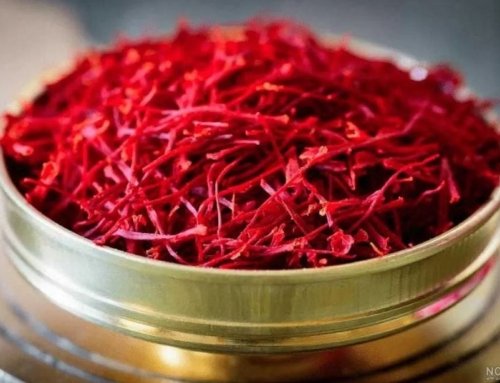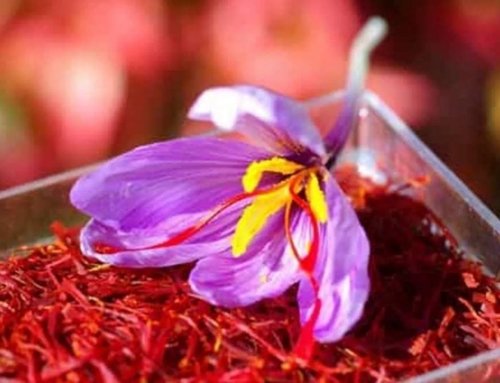 Key Factors to Improve Saffron Flowering and Boost Yield
Key Factors to Improve Saffron Flowering and Boost Yield
Enhancing Saffron Flowering
The quality of water and soil plays a crucial role in ensuring optimal saffron flowering and increasing saffron yield. Ensure the water and soil are not saline, with an EC value under 4000. High EC levels can limit saffron growth and hamper saffron flowering. A soil pH of less than 7.5 promotes better nutrient absorption. Key terms to understand:
- EC: A measure of the salt concentration in water and soil, important for optimal saffron growth.
- pH: A scale used to determine the acidity or alkalinity of the soil, affecting plant growth and saffron production.
Optimizing Watering for Healthy Saffron Growth
Proper watering techniques are vital for improving saffron flowering. Saffron fields usually require watering 4 to 5 times annually, especially during key periods such as Zaj-Ab (post-harvest) and Zard-Ab (during leaf yellowing).
Weed Control to Support Healthy Saffron Flowering
Uncontrolled weeds can negatively affect saffron flowering. Late winter and early spring rains encourage weed growth, potentially suppressing saffron growth. Removing perennial weeds like Khar-e-Shotor after autumn irrigation helps maintain a healthy saffron field, ensuring better yields in future seasons.
Why Healthy Saffron Leaves Are Crucial for Flowering and Yield
Saffron leaves are essential for storing the nutrients needed by the bulbs. Avoid early cutting or grazing of leaves. If saffron leaves aren’t allowed to fully dry, the bulbs won’t reach their maximum size, which will ultimately reduce both the flowering and yield of saffron.
Impact of Mixed Cropping on Saffron Flowering and Yield
Growing crops such as barley alongside saffron competes for vital water and nutrients, which can stunt saffron flowering. Mixed cropping reduces the resources available for saffron, leading to diminished saffron production. Avoid this practice to support higher saffron yields.
Enhancing Saffron Fields with Quality Soil and Sand
Farmers may add soil or sand to improve planting depth. Ensure the material used is free of salt. Poor quality soil or excessive material can suffocate saffron bulbs, negatively affecting both the flowering and production of saffron.
Why Field Leveling is Essential for Saffron Flowering
Unevenly leveled fields can prevent water from being distributed evenly, hindering saffron growth. Leveling fields improves irrigation, promoting consistent saffron flowering. However, avoid using heavy machinery in the summer as it may negatively impact the flowering season.
Managing Farm Age for Sustained High Saffron Yield
Enhancing Saffron Flowering
Saffron bulbs typically multiply during the first five years, which leads to increased saffron production. After eight years, the bulbs start to surface and the soil’s nutrients may deplete, leading to a decrease in saffron flowering and yield. Effective soil management is essential to sustain high yields over the long term.
Focusing on the proper techniques of watering, weed management, leaf maintenance, and field preparation can enhance saffron flowering and maximize production year after year.


![Exporting Saffron to Turkey + Price Guide [Complete 0 to 100]](https://www.rowhanisaffron.com/wp-content/uploads/f1-372-500x383.jpg)




Get Social